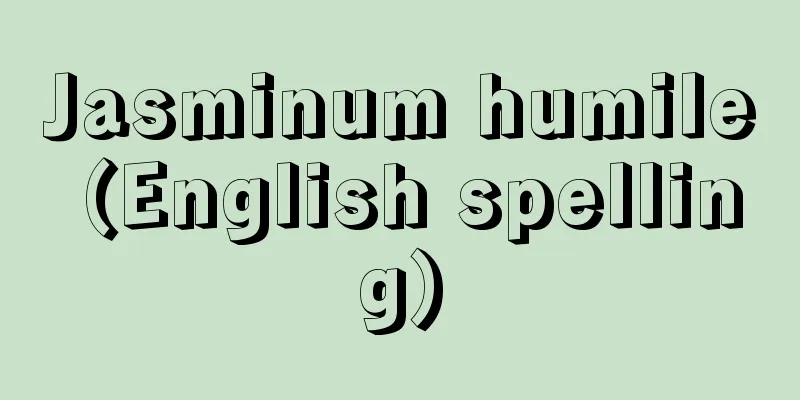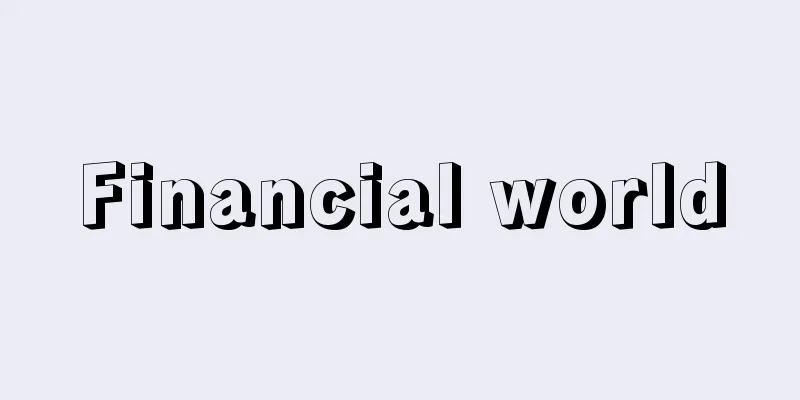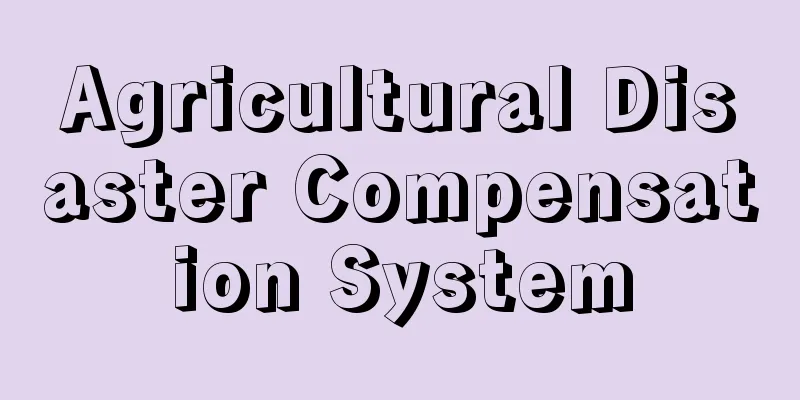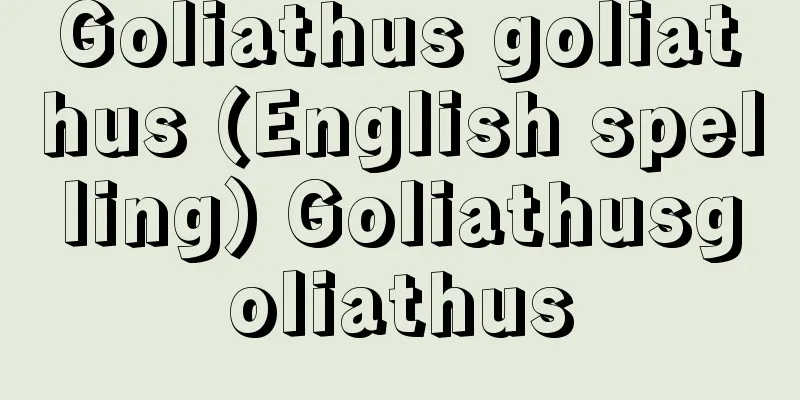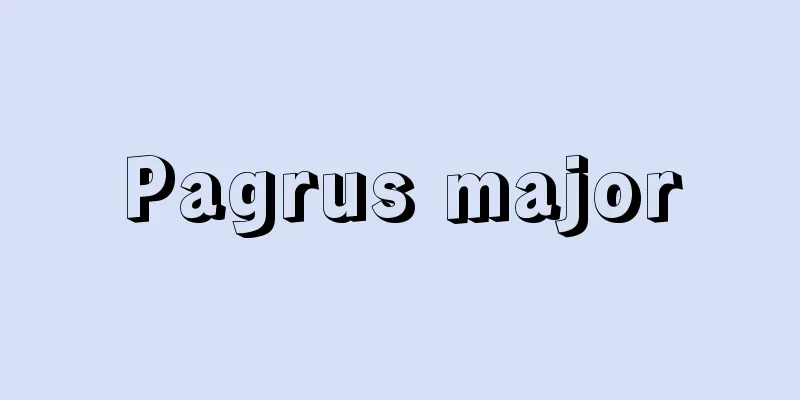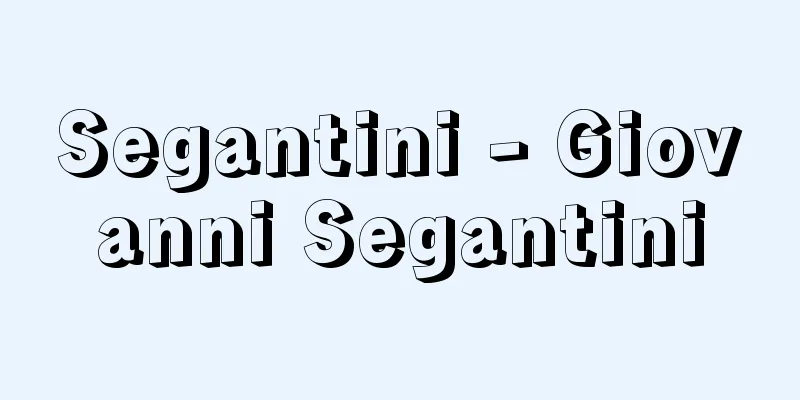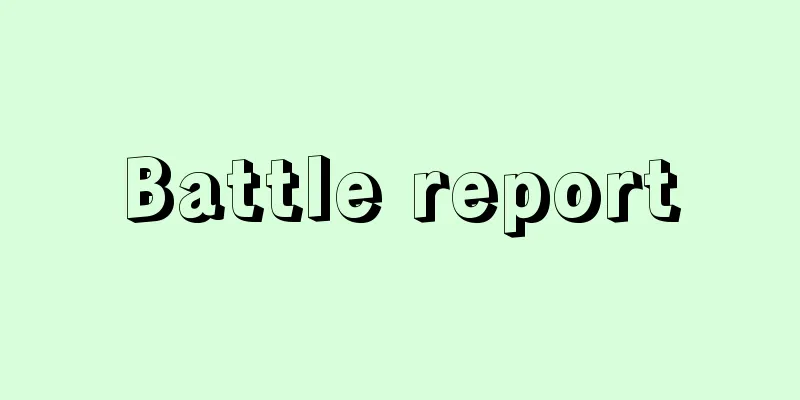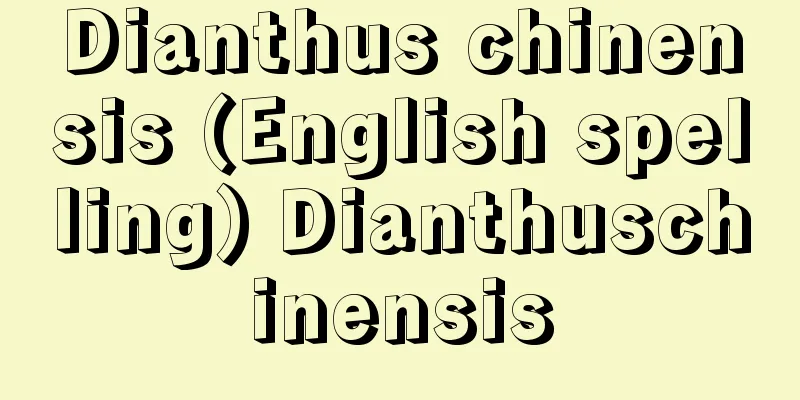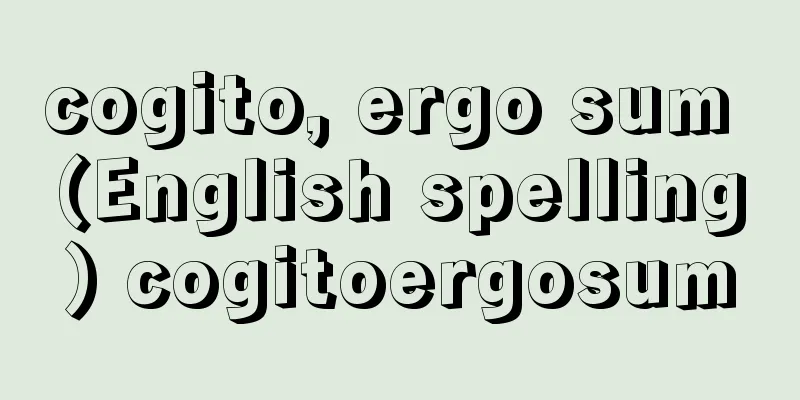Art education
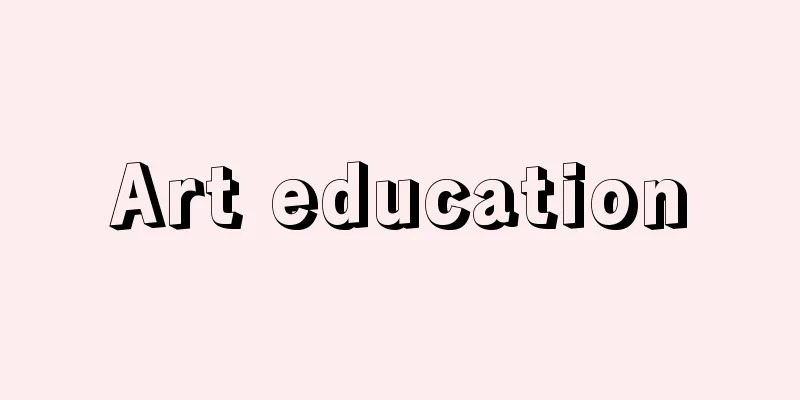
|
Art education can be broadly divided into two types: that which trains art professionals and deepens the knowledge and skills of art enthusiasts, and that which is offered at the kindergarten, nursery school, primary and secondary education levels. The former are educational activities based on the principle of "Education for Art" and aim to develop all abilities related to expression and appreciation. For example, abilities to express two-dimensional art, three-dimensional art, imaginative art, adaptive (purposeful) art, appreciation, understanding of techniques, acquisition of skills and techniques, understanding of art, understanding of art history, understanding of artists, etc. The latter are educational activities based on the principle of "Education through Art" and ultimately aim to develop human beings with rich sensibility, intelligence, communication skills, etc. If we consider art education from the perspective of master-teacher transmission (something passed down from a master), activities such as those in the medieval Western apprenticeship system are a typical example of the former type of art education. The former also includes activities such as recent painting classes and cultural classes run by newspapers. Meanwhile, in Japan, the latter type was positioned within general education at the turning point of the educational system at the beginning of the Meiji era, and is still a type of education that is in the process of evolving (deepening) even today, having experienced twists and turns in response to the demands and influences of the times. Below, we will describe the latter type (education through art). [Masaaki Obayashi and Sumio Wakamoto] HistoryArt education as a general education in Japan was established in 1872, and drawing and ruled drawing were listed as subjects. The term "drawing" began to be used in the 1881 elementary school curriculum guidelines. Until the Free Drawing Education Movement arose in the Taisho period, there were movements such as a shift from pencil drawing to brush drawing and the start of handicraft education, but the majority of education was based on pragmatism and copying models. It is not without reason that Western-style painter Yamamoto Kanae criticized this type of education as not being art education. It was he who proposed the Free Drawing Education Movement, which marked a turning point in the history of Japanese art education. This movement led to the recognition of the value of children's drawings, and the principle of art education was to respect children's individuality and cultivate their creativity. The history of art education since the Free Drawing Education Movement has been influenced in some way by this movement, and has attempted to correct and correct its shortcomings and biases. [Masaaki Obayashi and Sumio Wakamoto] present dayDespite the efforts of our predecessors, art education in schools has yet to achieve a solid position. One of the main causes of this is thought to be the misunderstanding and lack of awareness of the actual state of art education, symbolized by the arts-oriented approach, namely its function and role. The interpretation that the goal of art education is simply to acquire the skills to skillfully create works of art has not been dispelled in society. The essential purpose of art education can be summed up as "creating people through expression and appreciation." It is not enough to have students draw and create a work of art that matches the teacher's image of the finished product. Art education in schools, in particular, must hone artistic ability (the ability to feel, think, see, draw, and create) in addition to the activity of "seeing, drawing, and creating" (expression and appreciation). The brain is what feels, the brain is what thinks, and it is the brain that allows people to see, draw, and create. If this is the case, then developing artistic ability also trains the brain, which in turn is directly connected to human potential. This overlap with "human development" confirms the meaning of the existence of art education in schools. [Masaaki Obayashi and Sumio Wakamoto] "History of Art Education in Japan" by Yamagata Hiroshi (1988, Reimei Shobo)" ▽ "Arts and Crafts, Art Studies - Basic Knowledge of 300 Important Terms" edited by Wakamoto Sumio (2000, Meiji Tosho Publishing)" ▽ "Overview of Art Education, revised edition edited by Ohashi Isao et al . (2009, Nippon Bunkyo Publishing)" ▽ "Research on Art and Crafts Education, 3rd edition edited by Fujisawa Hideaki and Mizushima Naoki (2010, Kyoiku Publishing)" [Reference] | | | | | | |Source: Shogakukan Encyclopedia Nipponica About Encyclopedia Nipponica Information | Legend |
|
美術教育は2種類に大別され、美術の専門家養成や愛好家の知識・技術を深めるためのものと、幼稚園、保育所、初等・中等教育段階で展開されるものとがある。 前者はおおむね「美術の教育Education for Art」を柱にした教育的な活動であり、表現および鑑賞にかかわるすべての力の形成を目ざすものである。たとえば、平面表現力、立体表現力、心象表現力、適応(目的)表現力、鑑賞力、技法理解、技術・技能の獲得、美術理解、美術史理解、作家理解等々があげられる。後者は「美術による教育Education through Art」を基底理念にした、究極的には豊かな感性、知性あるいはコミュニケーション力等の人間形成を目標とする教育活動である。 師伝(師匠から伝授されるもの)という視点で美術教育をとらえるのであれば、西洋中世の徒弟制度における活動等は前者の美術教育の典型である。あるいは近年の絵画教室や新聞社主催の文化教室等における活動も前者に包含される。一方、後者は、日本においては明治初頭の学制を節目に、普通教育のなかに位置づけられて、時代の要請や影響を受けて紆余曲折を経験しながら、いまなお進化(深化)の過程にある教育の一つである。以下、後者(美術による教育)について記述する。 [大林正昭・若元澄男] 沿革日本における普通教育としての美術教育は1872年の学制からであり、画学や罫画(けいが)が教科としてあげられていた。1881年の小学校教則綱領からは図画という名称が使用されるようになった。大正期に自由画教育運動が起こるまでの間は、鉛筆画から毛筆画への転換や手工教育の開始などの動きがみられるものの、実用主義を旨とし、手本を模写する臨画主義の教育が大勢であった。このような教育は美術教育ではないと、洋画家山本鼎(かなえ)によって非難されたのも理由のないことではない。日本美術教育史に期を画する自由画教育運動は彼によって提唱された。この運動によって、児童画の価値が認識されるようになり、子供の個性を尊重し創造性を育てていくことが美術教育の原理となった。自由画教育運動以後今日までの美術教育史は、この運動からなんらかの影響を受け、その欠点や偏りを補い修正していこうとするものであった。 [大林正昭・若元澄男] 現代先人の努力にもかかわらず、学校等における美術教育はいまだ盤石の地位を獲得していない。このことは、作品主義に象徴される美術教育の実態、すなわち機能や役割に関する誤解・認識不足が主たる原因とも考えられる。作品を巧みに制作するための技術習得だけが美術教育の目標という解釈が、社会的に払拭されていない。 美術教育の本質的目的は、極言すれば「表現と鑑賞を通し、人をつくる」に帰着する。教師のイメージする完成像に向かって、作品を描かせ、つくらせ、それで終了ではない。とりわけ学校等における美術教育は、「みる・かく・つくる」活動(表現と鑑賞)とともに、美術力(感じる力、考える力、みる・かく・つくる力)を錬磨するものでなければならない。 感じるのは脳、考えるも脳、そして人が、みる・かく・つくることができるのも脳によるものである。そうであれば、美術力形成は脳を鍛えることにもなり、ひいては人間力に直結する。このように「人づくり」と重なることが、学校に美術教育が存在する意味を裏づけることになる。 [大林正昭・若元澄男] 『山形寛著『日本美術教育史』(1988・黎明書房)』▽『若元澄男編『図画工作・美術科――重要用語300の基礎知識』(2000・明治図書出版)』▽『大橋功他監修『美術教育概論』改訂版(2009・日本文教出版)』▽『藤澤英昭・水島尚喜編『図画工作・美術教育研究』第3版(2010・教育出版)』 [参照項目] | | | | | | |出典 小学館 日本大百科全書(ニッポニカ)日本大百科全書(ニッポニカ)について 情報 | 凡例 |
Recommend
Toho Gakuen School of Music
A private comprehensive school located in Chofu, T...
Iiyama [city] - Iiyama
A city in northeastern Nagano Prefecture. It was i...
Ajimedojo - Ajimedojo (English spelling) delicate loach
This freshwater fish belongs to the family Cobici...
Ctenomyidae
…A general term for a rodent mammal of the Ctenom...
Tape measure - tape measure
A long ruler that is wound up on a reel and carri...
Corneal limbus
…the cornea is transparent, so when viewed from t...
Money Lending Business Regulation Act
⇒Money Lending Business Act Source: About Shogakuk...
Bernard Quaritch
…They are also called secondhand bookshops (books...
Daijokansou - Daijokansou
A petition to the Dajokan for the Emperor's ap...
Country and Western
A type of American popular music. It is also comm...
Phytelophas marcrocarpa (English spelling) Phytelophasmarcrocarpa
…The leaves are used for roofing, and starch is e...
Oyama Jiro Saburo - Oyama Jiro Saburo
…(1) A female doll in Bunraku puppet theater. The...
《Das nord-und östliche Theil von Europa und Asien》 (English notation)DasnordundostlicheTheilvonEuropaundAsien
…He was captured by the Russian army in the Battl...
Il Khan
…They ruled over a territory in Iran comparable t...
Kayan people - Kayan (English spelling)
Indigenous people of Borneo. They share a cultural...
